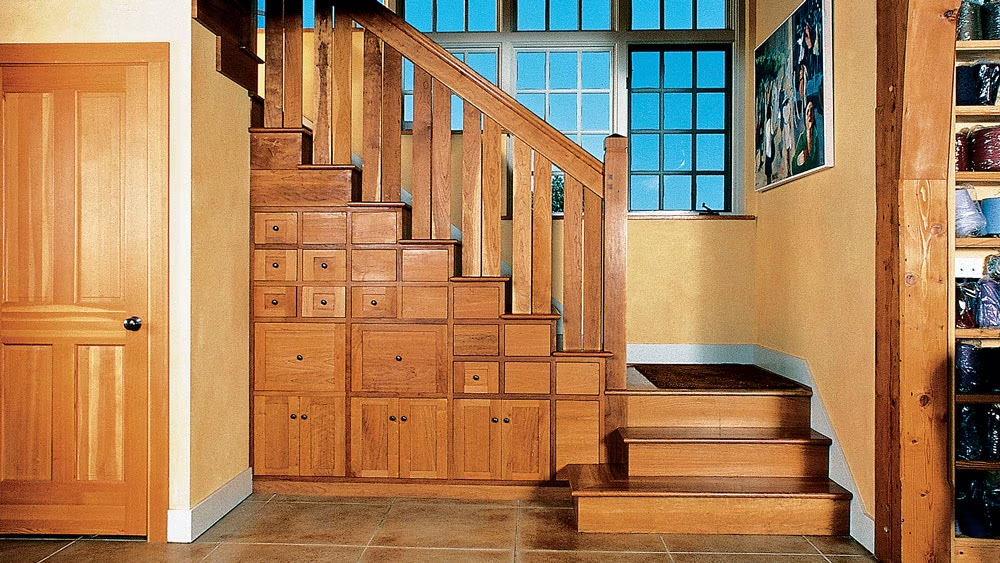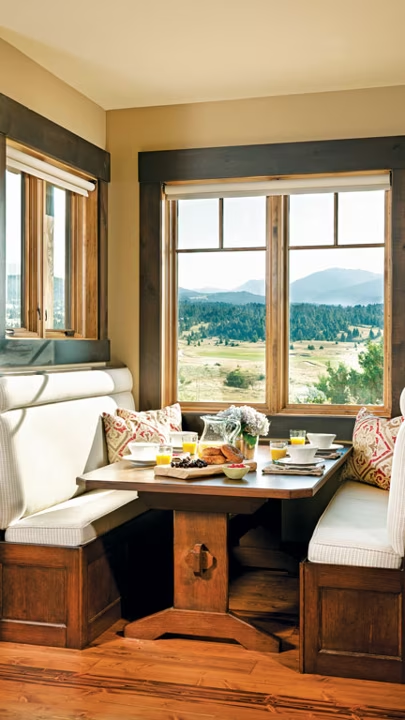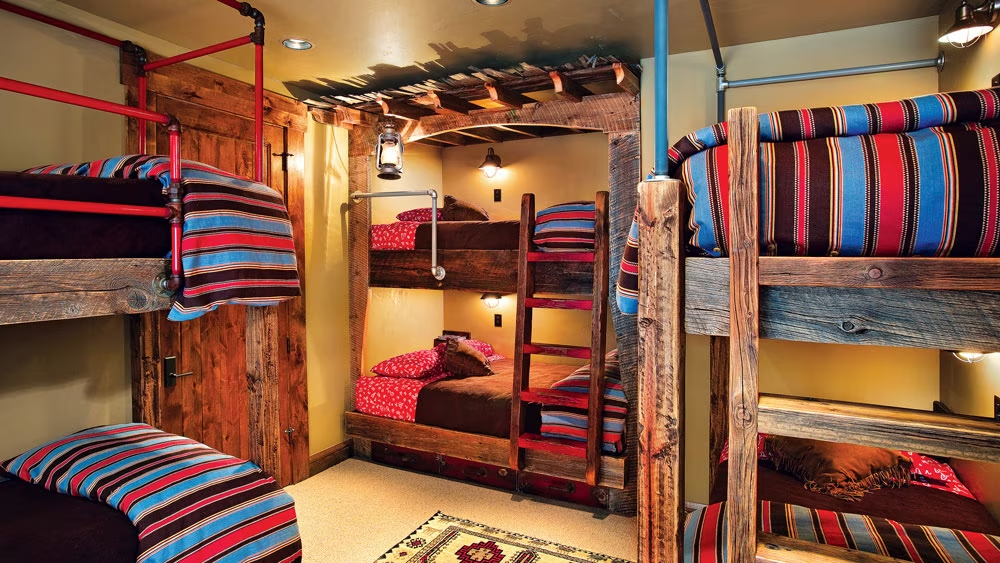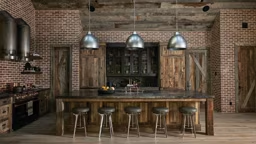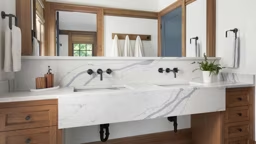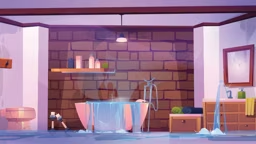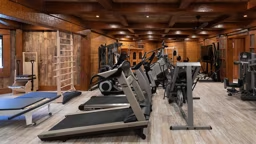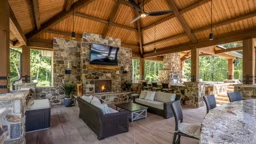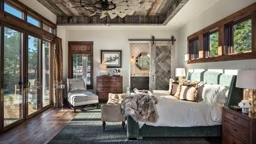Regardless of a home’s size, space-saving solutions always seem to be a hot topic among potential buyers. And when said home employs the open-format layouts prevalent in many timber homes, it can be even more difficult to find places to stash belongings and create designated private spaces. Enter the concept of customized built-ins.
From an elaborate collection of floor-to-ceiling bookshelves to window seats and hideaway beds, built-ins can come in the form of functional storage units or usable furniture items. Whatever your needs may be, built-ins can provide you with extra space and dual-purpose utility, as well as an extra dose of charm and comfort that most people strive for in their custom home.
Cohesive Design
Obviously, when it comes to built-in furniture and storage, there are plenty of stock models available on the market to meet your home’s most basic needs. So why opt for a custom piece? Whether it’s adding base or crown molding to complement the architectural elements in the room or selecting door styles to match your home’s interior look, built-in options will offer an aesthetic appeal unmatched in most stand-alone units.
Plus, in a timber home — where the craftsmanship that defines this construction style is a dominant feature — the ability to blend an equally prominent furniture piece can be even more beneficial. To complement your home’s frame, stay simple by toning down the construction details so that the architectural elements of the built-ins take to the backdrop. Solutions may include flat-panel, 2-inch pilasters or continuity of existing moldings to minimize the amount of competing components.
Form Follows Function
Similar to the draw of creating a custom home design, in which owners can craft a house that caters to their needs, custom built-ins allow you to develop storage and seating specific to your intentions for those pieces and to adapt to the space you have available. Design should be premeditated by determining what you will house there and how you’ll use the space. Concealed storage can eat up space as well in terms of clearance necessary for opening doors, so spatial considerations should be taken into account both in the design of such features and the placement of furniture around them.
Recessed shelving also affords the opportunity to reclaim lost space — albeit with a more contemporary appeal — but is generally preferred for smaller rooms or spaces that are very tight.
Popular Built-In Options
You’ll want to plan ahead for built-ins when working with your timber-frame team, as they’re easier to incorporate during the design phase than after move-in. Here are a few popular built-in choices for timber homes.
Bookshelves.
Custom bookshelves cannot only create a complementary design aesthetic but also a distinct focal point in an otherwise drab or monotonous room. The key is balance — both in creating a bookcase with a complementary scale and in decorating the rest of the room accordingly. So, if you have a 10-foot-plus-tall ceiling and an equally towering bookcase, consider hanging artwork at a comparable height on the opposite wall to mirror the stature of the shelving unit. Pay attention to the heights of windows and doors, too, which will factor into the room’s overall sight line.
Seating.
No matter the size of your home, you will need to have a variety of seating available for you and your guests, and built-in seating is a great option to use in otherwise overlooked or oddly-shapes spaces. Moreover, fold-down, built-in seating can offer on-demand comfort for visitors along busy walls of high traffic areas. Most likely made from wood, these seats will naturally complement your home. Another option for built-in furniture is wide seating within a windowsill — a design detail that you will often find in older homes. You can easily carry over the timber to frame your windows and create a cozy nook for a charming look that will accentuate the beauty of your beams.
Storage Units.
Certain construction methods naturally lend themselves to creating useful storage spaces. Timber homes, for instance, do not require the placement of load-bearing walls inside the home, providing you with an extra space to fill in with as much added storage as you need. Because of this, think about spaces you normally write off because they are too high off the floor or tucked away behind a door. You can easily build drawers into the steps of your staircase to hide knickknacks or to safely store photo albums, scrapbooks or everyday house supplies. The area above your door can be a safe place for bulky but light items such as extra bedding or empty suitcases. If you have a framed home in mind, use a wall between rooms to build in deep drawers from top to bottom, filling up the space by dividing it in half on either side of the wall. With this technique you can create storage for two rooms, with the added benefit of extra sound proofing.




_11868_2024-02-07_14-51-1280x720.avif)
